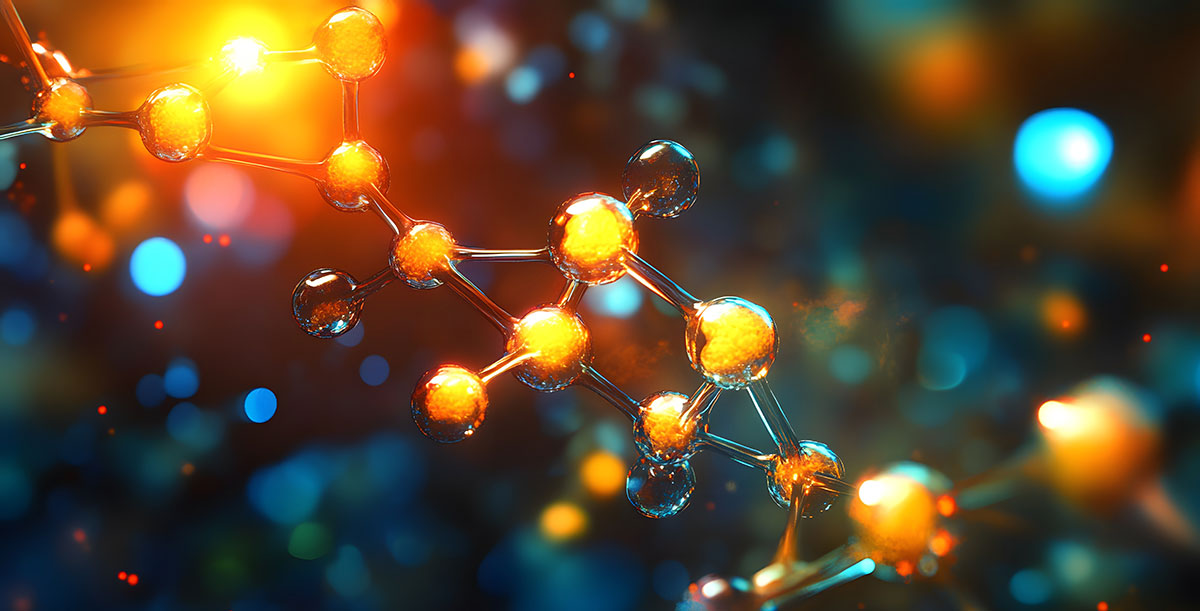In breast cancer treatment, one of the most widely used and effective strategies is endocrine therapy. For patients with estrogen receptor-positive (ER+) tumors, medications like tamoxifen help block estrogen from fueling cancer cell growth. These therapies have saved countless lives and remain the standard of care for early-stage hormone-sensitive breast cancers.
However, about 15 to 20 percent of patients who initially respond to endocrine therapy will eventually develop resistance. Their tumors stop responding to medication, begin growing again, and become much more difficult to treat. For many years, we have asked the same question in labs and clinics around the world: Why does this happen, and how can we stop it?
This question has been at the heart of my research at China Medical University in Taiwan. Our team discovered an important gene called TET2 that may help answer this question and point us toward a new strategy for treatment.
What We Found About TET2 and Breast Cancer
Our study, published in Nature Communications, looked at how epigenetic regulation affects breast cancer development. Epigenetics refers to changes in gene expression that do not involve altering the DNA sequence itself. One important way this happens is through a process called DNA methylation, which can “silence” genes that are normally active.
In ER+ breast cancer, the ESR1 gene, which encodes the estrogen receptor, must be active for hormone therapy to work. However, we discovered that in some cases of endocrine-resistant cancer, ESR1 is silenced by DNA methylation, making the estrogen receptor disappear and rendering hormone therapy ineffective.
This is where TET2 comes in. TET2 is a gene that produces an enzyme responsible for removing DNA methylation. It helps maintain the normal expression of critical genes, including ESR1, GATA3, and FOXA1, all essential for what we call luminal cell differentiation, the process that gives rise to estrogen receptor-positive cells.
Losing TET2 Changes Everything
Using a specially designed mouse model, we knocked out TET2 in mammary gland cells to see what would happen. The results were striking. Without TET2, the cells lost their luminal identity and instead began developing into a different type of cell known as basal-like cells. These basal-like tumors were ER-negative, highly aggressive, and resistant to tamoxifen.
Further investigation revealed that TET2 forms a functional complex with FOXP1, a transcription factor, and this complex drives the expression of ESR1 and other luminal markers. Without TET2, this machinery breaks down. The estrogen receptor is no longer expressed, and endocrine therapy becomes ineffective.
This discovery offers a clear mechanistic explanation for how some ER+ tumors become resistant to hormone therapy. It also provides a possible biomarker, TET2 expression levels, that could help doctors identify patients who may not respond well to standard hormone treatments.
From Lab Bench to New Hope for Patients
Understanding how TET2 functions opens the door to new therapeutic possibilities. If we can find ways to restore TET2 activity, we might be able to reprogram resistant tumors back into a hormone-sensitive state. This could make them responsive to tamoxifen or other endocrine therapies again.
We are now exploring ways to develop TET2-based treatment strategies. These could include small molecules that activate TET2 pathways, epigenetic drugs that reverse methylation in the ESR1 promoter region, or gene therapy techniques to restore normal TET2 expression.
The beauty of this approach is that it’s targeted. Instead of giving stronger doses of existing therapies, which often lead to toxic side effects, we could intervene at the molecular root of the resistance and help patients regain their ability to respond to standard treatment.
TET2 as a Biomarker for Personalized Medicine
Another important aspect of our work is using TET2 as a predictive biomarker. If we can test tumors for TET2 expression at the time of diagnosis or during treatment, we could better personalize therapy plans. Patients with low or absent TET2 may be steered toward combination therapies that include epigenetic modulators, while those with strong TET2 expression may continue with endocrine therapy alone.
This kind of approach is at the heart of precision oncology, where treatments are tailored to the specific genetic and epigenetic makeup of each patient’s tumor. It’s the future of cancer care and TET2 may play a major role in that future.
A Collaborative Journey
This research is just the beginning. We are now working with collaborators in Taiwan and the United States to validate our findings in human clinical samples and explore potential drug development pathways. The transition from lab discovery to clinical application takes time, funding, and a multidisciplinary team, but we are committed to seeing it through.
I am deeply proud of our team at China Medical University for their dedication and insight. Our work reflects the growing contributions of Taiwanese scientists to global cancer research, and I believe we have an important voice in the international conversation.
TET2 may seem like just another gene in the vast landscape of cancer biology, but in the context of hormone-resistant breast cancer, it could make all the difference. For the patients who are told their treatment has stopped working, this research represents something rare and powerful, a second chance.
